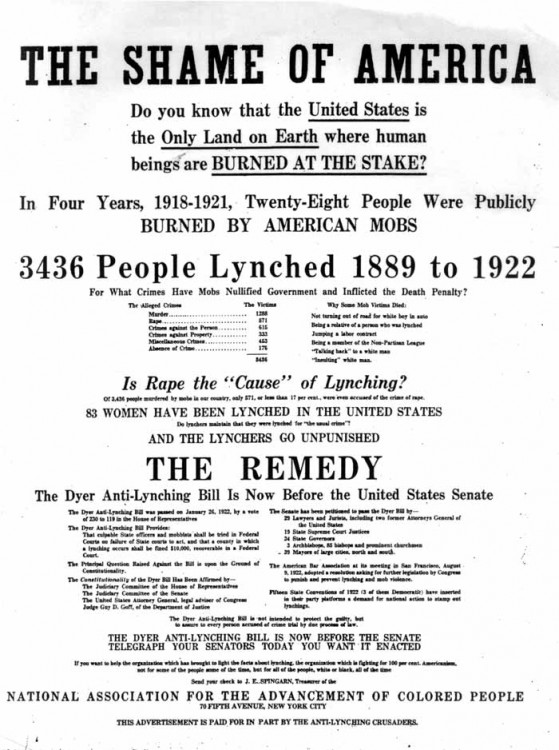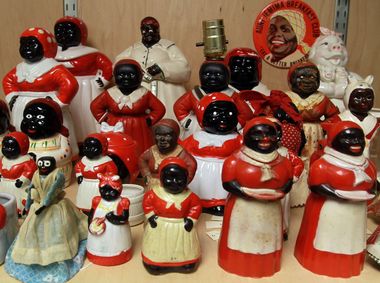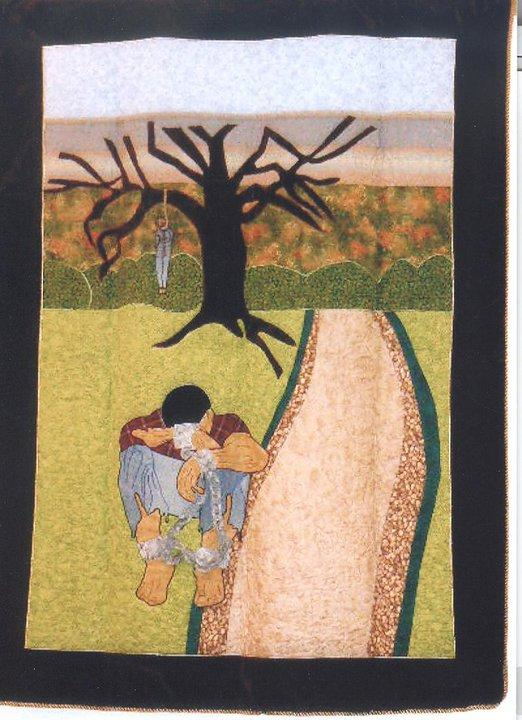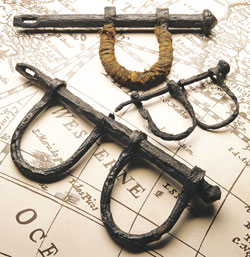Watch: Brown at 70—A Reality Check on School Segregation
Share
Explore Our Galleries
Breaking News!
Today's news and culture by Black and other reporters in the Black and mainstream media.
Ways to Support ABHM?
By Aziah Siid, Word In Black
May 17, 2024, marks 70 years since the U.S. Supreme Court’s Brown v. Board of Education decision, the landmark ruling that dismantled the legal framework of segregation in the nation’s public schools. Yet despite racially segregated public schools being ruled unconstitutional, we still face deeply entrenched divides decades later.
Schools in whiter, more affluent areas offer more advanced placement courses, new technology, veteran teachers, and renovated facilities, while schools in predominantly Black and Brown neighborhoods, often make do with less. Much less.
This anniversary isn’t just a commemoration of a pivotal moment in history — it’s a call to action. That’s why Word In Black brought together a panel of experts for “Brown at 70: A Reality Check on School Segregation,” a special live event on Wednesday, May 15.
Watch the video here.









Comments Are Welcome
Note: We moderate submissions in order to create a space for meaningful dialogue, a space where museum visitors – adults and youth –– can exchange informed, thoughtful, and relevant comments that add value to our exhibits.
Racial slurs, personal attacks, obscenity, profanity, and SHOUTING do not meet the above standard. Such comments are posted in the exhibit Hateful Speech. Commercial promotions, impersonations, and incoherent comments likewise fail to meet our goals, so will not be posted. Submissions longer than 120 words will be shortened.
See our full Comments Policy here.